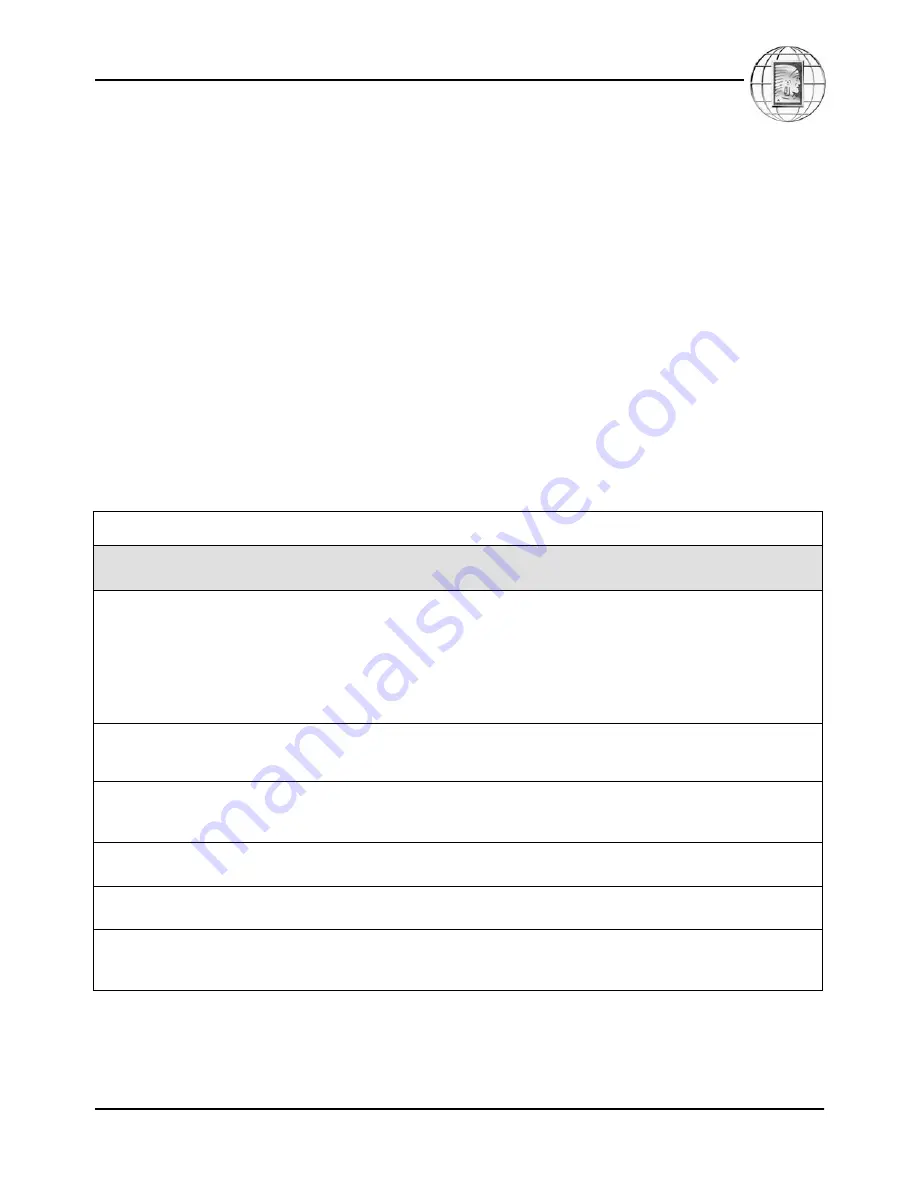
A LOOK AT SERVICE SAFETY
Servicing
41
III.
Troubleshooting Chart
For your safety, read and follow the “General Service
Safety Precautions” (on pages 2-7), as well as the ref-
erenced troubleshooting procedures in this chart.
The “General Service Safety Precautions” section
provides information on the following topics:
•
Trained Personnel Only
•
Terminal Venting and Electrocution
•
Refrigerants and Other Chemicals
•
Compressor Removal
•
System Flushing, Purging, and Pressure Testing
for Leaks
•
System Charging
•
Prevention of Water-Utilizing System Explo-
sions
•
Start Capacitor Overheating
•
System Evacuation
This Troubleshooting Chart is not designed to
replace the training required for a professional air
conditioning/refrigeration service person, nor is it
comprehensive.
If you have any questions about returns under war-
ranty, see “Is your Compressor Eligible for Return
Under Warranty?” on page 83.
Complaint
Possible Causes
Response
A
Compressor will
not start—no hum
1. System component not functioning
properly:
a. Control/contactor stuck in open
position.
b. Control off due to cold location.
c. Thermostat not functioning properly.
a. Refer to the original equipment
manufacturer (OEM) service
information.
b. Same as “a”.
c. Same as “a”.
2. Line disconnect switch open.
Close the start switch or the disconnect
switch.
3. Circuit breaker tripped or fuse open or
removed.
Before resetting breaker or replacing fuse,
see “Identifying Compressor Electrical
Problems” on page 47.
4. Thermal protector not working properly.
See “Identifying Compressor Electrical
Problems” on page 47.
5. Wiring improper or loose.
Check against wiring diagram and wire
properly.
6. Compressor motor has a ground fault
(also known as a short circuit to
ground).
See “Identifying Compressor Electrical
Problems” on page 47.
















































